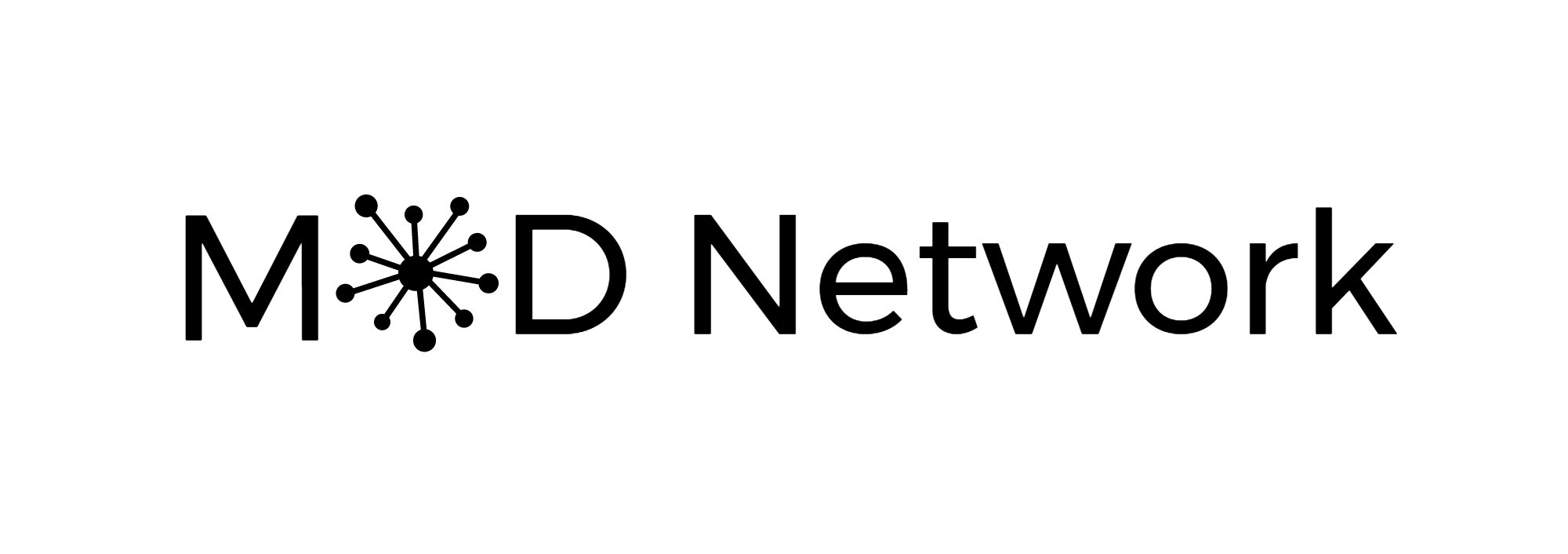Can I Offer You Some Feedback? - Episode #26
Show Notes:
In this episode we explore Backwards Planning which was first introduced as a framework for curriculum design and education. This technique can be applied with a variety of scenarios, both professionally and personally. Estimating how long something will take can be very challenging but with practice you can determine how accurate you are, for success in the long run! Subscribe today so you never miss an episode!
Below we are offering a transcript of the podcast for accessibility and reference.
Episode #26: Business Bites: Backwards Planning
Welcome to Business Bites. My name is Sara. This is the podcast for busy professionals who want the quick hits of business terminology, historical context, and strategies for integration. Today we'll be talking about backwards planning, sometimes known as backwards design.
When you're thinking about backwards planning or again, backwards design, this was originally a term that was brought up in education when thinking about designing curricula that supports students and scaffold learning over time. It was first introduced in the late 1940s by Jay McTighe and Grant Wiggins thinking about this as a framework for, again, curriculum design in education. However, we can apply this technique to a variety of different scenarios. And you're probably using backward planning without even realizing it. This is a helpful strategy to use, whether you're in a professional context, thinking about a large project or even a small initiative that you're running, or in a personal context when you're able to work on something and think about all of the steps that need to happen.
So I want to walk you through an example and then talk through how backwards planning shows up. Let's say that you are going to backwards plan your day. You're thinking about, for example, I know that my children need to be picked up from school at 3:00 P.M. But before I go and get my kids, I need to get the dry cleaning, which is 15 minutes away from the school. Now I'll need about five minutes in the store, so I need to arrive there at 2:40 in order to have time in the dry cleaning store and then have time to pick up my kids. But before that and actually going to the store, I want to meet my friend at a coffee shop, and that might take half an hour to be able to have coffee with them and catch up in conversation. That shop is a 10-minute drive away from the cleaner. So, in order to arrive at the coffee shop, I need to get there at 2:00 P.M. The coffee shop is 20 minutes away from my house, so I know that I need to get out of my house at 1:40 in order to go to the coffee shop, go to the dry cleaners, and then be able to pick up my kids at 3:30.
Now, again, you might already do this in your mind when you're thinking about the tasks that you need to accomplish, again in a specific day or in a specific project. If you're thinking about a project plan, the same is true. For example, you need to have something done by the end of the year. What are the components that are important as a part of that project and be able to plan backwards? In order to do that backwards planning, you need to understand all of the steps between present and that future date that you have in mind. Who are the people that need to be involved? How long do each of those steps take? The duration of each of those is critical to understand whether you have enough time.
This is often one of the areas that people have a really hard time doing. Estimating how long something is going to take is something that is very challenging both personally and professionally. But with a lot of practice, you'll be able to determine how accurate you are to those estimates. For example, I know for me, I think something takes 30 minutes when in reality it takes two hours for me to complete. That's an important understanding to know that whenever I am quoting a time, it's actually four times longer or vice versa. I could do that task four times quicker than other people can do instead. Backwards planning again is that combination when we're thinking about the tasks that are in play and backwards planning from that future date or that future goal in mind. It's a really helpful strategy, but it does encourage you to think about all the different steps and people involved in that decision to be successful in the long run.
This has been Sara with Business Bites. And you can reach me at podcast@mod.network. We would love to hear from you and other terminology that you would like to hear bite-sized. As always, give us a quick rating on your platform of choice and share this podcast with a friend.
Further Reading:
